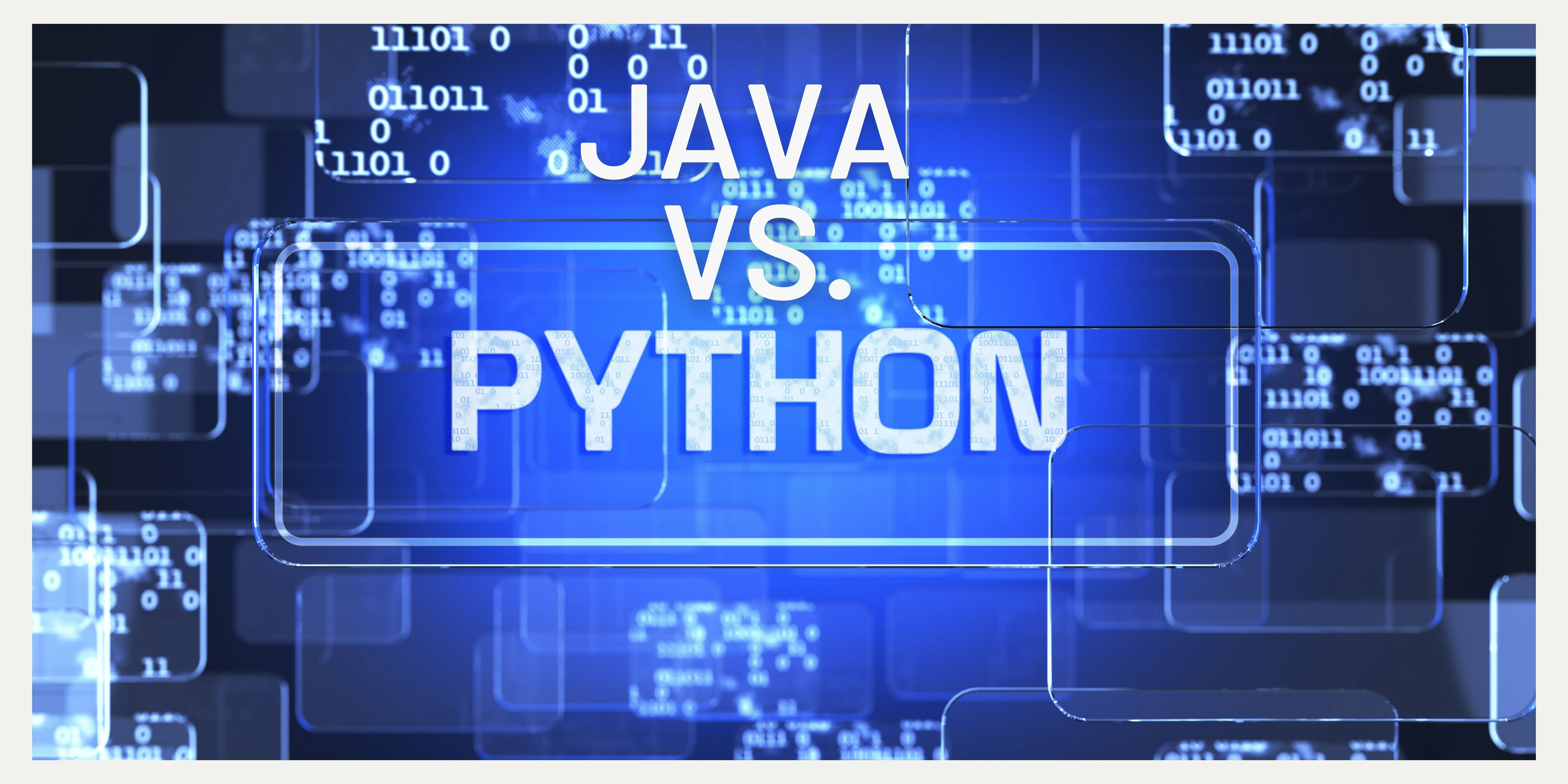
Syntax wise, Java and Python programs are both completely different. In Java, a programmer has to define the data type of a variable when writing the code. And this data type cannot be explicitly changed; it remains the same throughout the life of the program. Therefore, this feature makes Java a strongly typed language.
In the case of Python, the data type of a variable is defined automatically at the runtime. Additionally, it can be changed throughout the program’s life, making Python a dynamically typed programming language.
Performance
When it comes to speed, Java takes less time to execute source code than Python. Because python is an interpreted language that will read codes line by line. Due to this, Python is slower than Java in terms of performance. In fact, in a Python program, debugging occurs during the runtime. Java, on the other hand, performs multiple computations at the same time.
Frameworks and Tools
Both Python and Java offer a list of libraries to support data science, data analytics, and machine learning tasks.
Python offers the following libraries: -
Pandas: It is the most popular library in Python that is open-source. The library is used for processing large datasets. It provides flexible, quick and expressive data structures along with intuitive features such as data alignment, fancy indexing and handling of missing data. To learn more about Python Pandas, check this list of 10 online resources.
SciPy or Scientific Python: As the name suggests, it is used to solve problems related to science, complex mathematics and engineering. It provides routines for statistics, linear algebra, optimization and integration.
NumPy, or Numerical Python: It is a fundamental tool for statistical and mathematical computations. Libraries including SciPy, Pandas, Matplotlib, and Stats models are built on top of NumPy.
TensorFlow: It is developed by the Google Brain Team, and the open-source library is used mostly for deep learning applications in Python. It enables the deployment of ML-based applications.
Java offers the following tools for data science:
WEKA 3: It is short for Waikato Environment for Knowledge Analysis. It is an open-source software providing data implementation and processing tools. It is mostly used for predictive modelling, data mining and analysis.
Apache Spark: It is an easy-to-use and fast engine for big data processing. Built on Apache Hadoop MapReduce, open-source Apache Spark is mostly used for processing large datasets. Additionally, it comes with built-in modules including Spark SQL, Spark Streaming, and Spark MLlib. Here’s a beginner’s guide to Apache Spark.
Java ML or Java Machine Learning: This library comes with a huge collection of ML and data mining algorithms that can be used for data classification, processing and clustering.
Deeplearning4j: It is an open-source library facilitating Java programmers to create ML applications.
Additionally, Github has plenty of resources posted by volunteered programmers and developers. The humongous developers’ community support makes Python more suitable for machine learning applications.
Relevant courses that you may be interested in:







